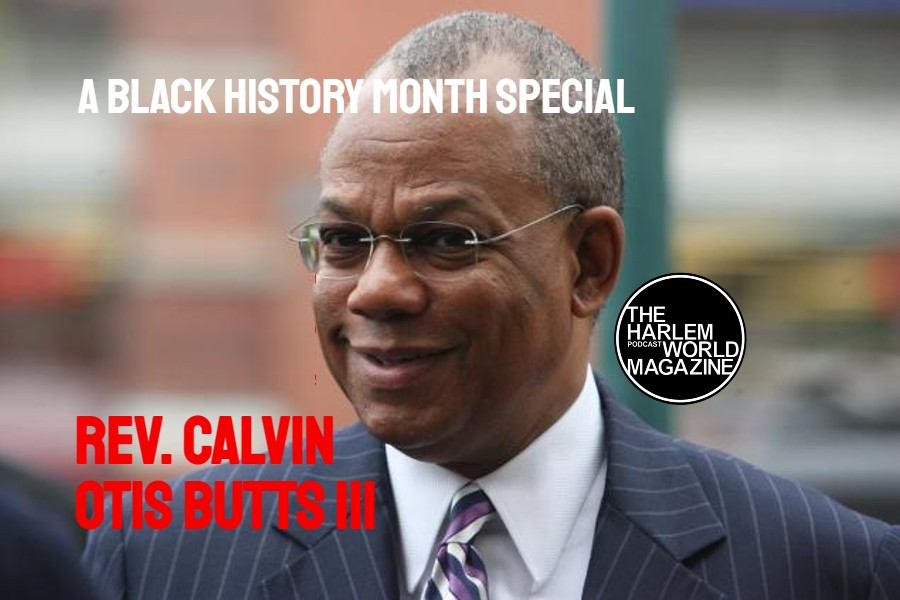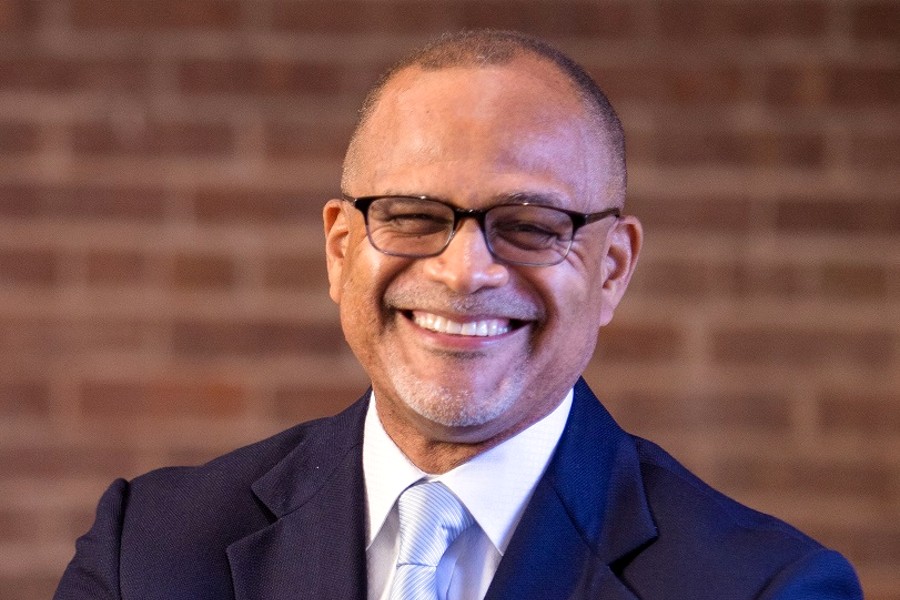 The New York City Fire Department will now have a much greater role in responding to reports of possible gas leaks, according to an order made by Mayor Bill de Blasio in response to the March explosion that leveled two East Harlem buildings and killed eight people.
The New York City Fire Department will now have a much greater role in responding to reports of possible gas leaks, according to an order made by Mayor Bill de Blasio in response to the March explosion that leveled two East Harlem buildings and killed eight people.
The mandate to increase the oversight of the fire department — with hopes of dramatically improving response times to reports of leaks — is at the centerpiece of a report obtained by The Associated Press before its release on Wednesday. The plan also calls for more efficient repairs to the city’s aging infrastructure and improved communication about potentially deadly leaks among the city’s agencies, independent utilities and the public.
“Mayor de Blasio is committed to improving New York City’s infrastructure,” said City Hall spokesman Phil Walzak, “and making the critical investments and changes needed to protect the health and safety of New Yorkers, and maintain our city’s competitive edge.”
Previously, residents who smelled gas were often told to call their gas utility or dial 311, the city’s information hotline. The fire department, which possesses the most suitable manpower and equipment to conduct a quick evacuation or ventilation of the area, would only be notified if the leak met certain thresholds, such as a multitude of calls or other warning signs, like a flickering of lights.
Now, any calls to 311 reporting gas will be transferred to the 911 emergency line, automatically triggering a fire department response. The city also will mount a public awareness campaign urging residents to call 911 —and not just their utility — if they smell gas. Additionally, Con Edison, the utility which manages most of Manhattan’s gas lines, may alter its procedures to notify the fire department of every reported leak.
The change will increase the fire department’s workload, but fire officials believe it can be handled, according to the report. The department’s current response time to non-fire emergencies, which include gas leaks, is under eight minutes. The average time it takes for a Con Edison crew to reach a reported gas leak is 22 minutes.
Con Edison officials they received only one call reporting gas on the morning of March 13, about 20 minute before the explosion. Several building residents said they made other complaints about the odor, but those calls could not be located by city investigators.
The fire department was never notified of the gas leak in the Park Avenue building. Investigators believe a leaky pipe led to the massive explosion that has left many people homeless three months later.
The gas pipe that led to the explosion was 127 years old, an age not unusual in the city, prompting de Blasio to warn of New York’s aging infrastructure. The report commissions a study of whether additional capital investment is needed to speed up the process of replacing the city’s underground network of water, gas and electric lines.
The plan also urges city agencies and utilities to better coordinate repairs to save time and the cost of digging up busy streets. For example, if a street is excavated to replace an aging water line, the nearby gas line may be replaced, too.
Photo credit: Harlem explosion in East Harlem by Rudy Collins.
Become a Harlem Insider!
By submitting this form, you are consenting to receive marketing emails from: Harlem World Magazine, 2521 1/2 west 42nd street, Los Angeles, CA, 90008, https://www.harlemworldmagazine.com. You can revoke your consent to receive emails at any time by using the SafeUnsubscribe® link, found at the bottom of every email. Emails are serviced by Constant Contact


















